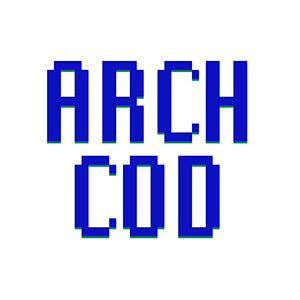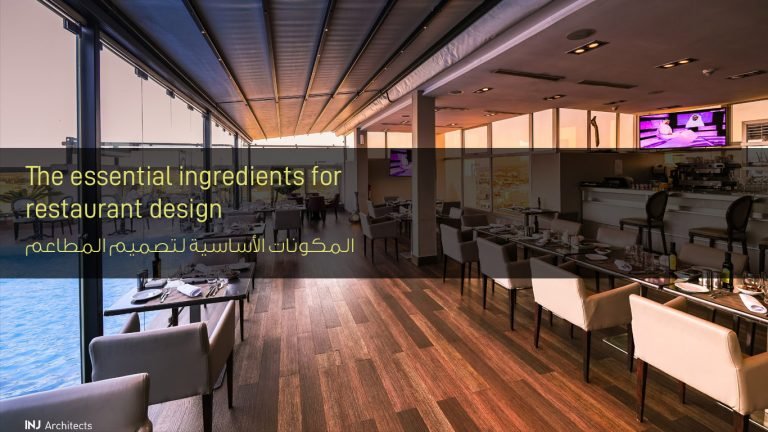Field Design
Field Design
The primary function of cities is to educate and humanize their inhabitants. For this purpose, public places are the primary tools in the city. The fact that the public squares are part of the transportation system is the points of intersection, assembly and waiting for both pedestrian and vehicle traffic. It is the commercial civil centers in which citizens participate in commercial activities. Markets have been a staple of public squares throughout history. How are the fields designed and what are their forms?
Public squares have environmental benefits for the urban environment. Green spaces and water surfaces within the field provide habitat for living things. Green areas inside a public square also help improve air quality.
Well-designed public squares increase the value of the visual scene and contribute to the aesthetics of the environment. While contributing to the city’s overall image, the visual landscapes that people value also have positive psychological impacts on place users. Another psychological benefit that urban fields provide is that people can relax and enjoy their free time during their busy daily lives.
Urban squares can also be used as markets or can be part of commercial activities, such as shopping malls. There are also examples of areas where marketing is the dominant feature. Times Square in New York City is one of the well-known examples as it is one of the most famous and visited tourist attractions in the world. Located in Manhattan, it enjoys traffic and density throughout the year. Times Square also hosts many activities and celebrations throughout the year such as New Year celebrations. It is one of the landmarks of New York City and an important part of the city’s image.

In addition to its material and environmental roles, public domains contribute greatly to social cohesion, social interaction and local identity. The main task of urban squares is to bring citizens together for various reasons and activities. They have a symbolic meaning “coexistence”. Thus, urban public squares are the basic elements of a city in terms of democracy. It usually reflects the collective values of society.
All the roles and functions of the above-mentioned urban public squares contribute to the well-being of individuals and societies. Hence, it is important to review and revise methods for designing urban public squares in order to preserve and improve existing squares or create interesting new squares.
Urban fields design:
It is extremely difficult to define universal design principles that suit all fields of the world. On the other hand, it is possible to outline some of the basics that would assist designers and planners through the design process. However, it is necessary to know and understand the concept of a modern city first. Therefore, it may be a good idea to think about the characteristics of contemporary urban environments before focusing on field design.
Designers and planners need to find ways to create places that serve “everyone” in culturally diverse societies. One of the major and important challenges to the globalization of cities is the loss of identity in public places. Designers, planners, and urban authorities must be aware of future threats to local identity in decision-making, design, and field planning processes
Some field design strategies:
The field design has two dimensions; functionality and visual appearance. The job indicates the activities and the degree of activities appropriate to that place. On the other hand, the visual appearance revolves around form, image and aesthetics. While some researchers focus on the spatial arrangement of fields, others note that the job comes first in designing urban spaces. However, neither of them should be neglected in the design process. In fact, the relationship between these two dimensions determines the nature and success of the area and the urban field. The first factor that must be taken into account in designing urban fields is the location and size of the field.
The shape of public squares is influenced by the surrounding environment. Although the word “square” refers to a shape, the general field can be in any form such as a rectangle, square, circle, triangle, or amorphous.
There are five types of shapes for urban areas:
Closed square: often has a regular geometrical shape. The only outage of the closed square is the streets that lead to it.
Dominant square: the space is directed to a building or a group of buildings.
The nuclear scene: It has a central feature that creates tension that keeps everyone together.
Collected squares: individual squares are organically and / or aesthetically linked.
Amorphous Square: It is disorganized and has no shape compared to other species.

It may be better to use large squares near government buildings in national protests or celebrations by the public, or squares near commercial centers may be used mainly as meeting points, performing arts or as market places. Designers should analyze the user’s profile well, their needs and expectations as well as the personality of the surrounding environment. Some other activities may be related to the field during the design stage to attract people.
Successful urban squares are designed so that people can walk in, stand in, sit in, dance in, do and see other people involved in these activities.
The hard surface dominates the urban landscape. Therefore, the choice of pavement materials is of great importance in the design stage in terms of visual appearance and functionality. Various materials (like stone, concrete, brick, etc.) can be used in the design of the public square. The sidewalk materials should be durable and aesthetically attractive. The degree of durability of materials can reduce or increase maintenance costs. The surrounding architecture and streets should also be taken into account to ensure consistency. Pivot areas can be created by changing the color, shape or texture, as well as the pavement materials themselves. Likewise, using the same strategy, different uses within the field (such as seating areas) can be separated. The sidewalk materials should be suitable for walking or standing. The reflection of heat and glow should also be observed when selecting the material. Persons with disabilities or the elderly should not be forgotten at the design stage in terms of accessibility. Drainage is another factor that must be considered in order to provide comfort in different weather conditions.
Follow us on Twitter to stay updated
Various types of plants (trees, shrubs, flowers, grass, etc.) can be used in urban field design for various purposes such as aesthetics or shading. Plants also help relieve the strong and sometimes irritating effects of hard surfaces or sharp lines. Flowering plants may also add a variety to the perceived color and smell environment. Green is known for its soothing and relaxing effect. Thus plants can be used to create places to relax and unwind. In hot climates, trees provide users with shade areas. If there is a focal point inside the field such as the memorial, plants can be used to create a background to emphasize their visual impact. However, designers must avoid using too many plants to maintain the main character of the field.
Read also: Design and create cinemas
Water is a common landscape element in public squares to create a focal point or aesthetic views. Water can be used in different types. Static water surfaces create a more relaxed and comfortable environment while fountains, waterfalls and other running water surfaces add dynamism, dynamism and dynamism to the place. For sustainable and low cost maintenance, the use of recycled water and rain water systems must be incorporated into the design. Besides lighting, water bodies and plants can be very attractive for night users
Benches, outdoor lighting, trash cans, direction signs are the most widely used location furniture items in the fields. The job comes first when choosing or designing the right site furniture. The materials used must be durable for external and changing climate conditions. The surrounding architectural character must also be taken into account when choosing materials and models. Designers should avoid choosing many different materials for different items. All site furniture must be in harmony with each other







